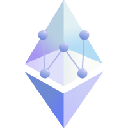-
 Bitcoin
Bitcoin $94,320.1618
-1.29% -
 Ethereum
Ethereum $1,803.5037
-0.31% -
 Tether USDt
Tether USDt $1.0004
-0.01% -
 XRP
XRP $2.1997
-0.35% -
 BNB
BNB $607.2807
0.12% -
 Solana
Solana $149.1561
-2.46% -
 USDC
USDC $1.0000
-0.01% -
 Dogecoin
Dogecoin $0.1812
-1.82% -
 Cardano
Cardano $0.7078
-2.42% -
 TRON
TRON $0.2517
3.28% -
 Sui
Sui $3.4662
-4.76% -
 Chainlink
Chainlink $14.8667
-2.05% -
 Avalanche
Avalanche $21.9690
-3.14% -
 Stellar
Stellar $0.2895
0.64% -
 UNUS SED LEO
UNUS SED LEO $9.0817
1.19% -
 Shiba Inu
Shiba Inu $0.0...01418
0.67% -
 Toncoin
Toncoin $3.3016
1.63% -
 Hedera
Hedera $0.1923
-3.73% -
 Bitcoin Cash
Bitcoin Cash $359.7115
-4.87% -
 Polkadot
Polkadot $4.2822
-0.59% -
 Litecoin
Litecoin $87.0928
0.23% -
 Hyperliquid
Hyperliquid $17.8367
-3.88% -
 Dai
Dai $1.0000
0.01% -
 Bitget Token
Bitget Token $4.4053
-1.06% -
 Ethena USDe
Ethena USDe $0.9996
-0.02% -
 Pi
Pi $0.6460
-0.41% -
 Monero
Monero $228.7382
-0.33% -
 Pepe
Pepe $0.0...09133
2.99% -
 Uniswap
Uniswap $5.8034
-2.49% -
 Aptos
Aptos $5.5976
0.51%
What currency is Osmosis?
Osmosis, a decentralized exchange built on the Cosmos blockchain, supports trading of various cryptocurrencies, including its native token OSMO, which serves as a utility and governance token for the platform.
Nov 15, 2024 at 06:54 pm

What Currency is Osmosis?
Osmosis is a decentralized exchange (DEX) built on the Cosmos blockchain. It facilitates the trading of various cryptocurrencies, including its native token, OSMO.
OSMO Token:
OSMO is the native utility and governance token of the Osmosis ecosystem. It serves multiple functions within the platform:
- Transaction Fees: OSMO is used to pay transaction fees on the Osmosis DEX.
- Governance: OSMO holders can participate in the Osmosis governance process by proposing and voting on changes to the protocol.
- Staking: Users can stake OSMO to earn rewards and participate in the security of the Osmosis network. Stakers receive a portion of the trading fees and token rewards generated by the DEX.
Other Currencies Supported by Osmosis:
In addition to OSMO, Osmosis supports a wide range of other cryptocurrencies, including:
- Bitcoin (BTC)
- Ethereum (ETH)
- Cosmos (ATOM)
- Binance Coin (BNB)
- Terra (LUNA)
- Solana (SOL)
- Avalanche (AVAX)
How to Use Osmosis:
To use Osmosis, users can follow these steps:
- Connect a Wallet: Connect a compatible wallet to Osmosis, such as Keplr, Cosmostation, or Ledger Nano X.
- Fund the Wallet: Transfer cryptocurrency to the connected wallet to use for trading or staking.
- Choose a Trading Pair: Select the desired trading pair on the Osmosis interface, such as OSMO/ATOM.
- Enter Trade Parameters: Specify the amount and type of order (e.g., market order, limit order).
- Execute Trade: Confirm the trade details and click the "Trade" button to initiate the transaction.
- Stake OSMO: Navigate to the "Stake" section and select the desired amount of OSMO to stake.
Benefits of Using Osmosis:
- Decentralized: Osmosis is a non-custodial exchange, meaning users maintain control of their funds at all times.
- Low Fees: The trading fees on Osmosis are significantly lower compared to centralized exchanges.
- Diverse Currency Support: Osmosis offers a vast selection of cryptocurrencies to trade, catering to a wide range of users.
- Active Community: The Osmosis community is highly engaged and provides support through various channels.
Risks of Using Osmosis:
- Smart Contract Risk: Like any DEX, Osmosis relies on smart contracts, which can be susceptible to bugs or exploits.
- Market Volatility: The cryptocurrency market is highly volatile, and trading on Osmosis carries the risk of loss.
- Third-Party Integration: Osmosis integrates with external services (e.g., wallets, liquidity providers), which can introduce additional security or operational risks.
Disclaimer:info@kdj.com
The information provided is not trading advice. kdj.com does not assume any responsibility for any investments made based on the information provided in this article. Cryptocurrencies are highly volatile and it is highly recommended that you invest with caution after thorough research!
If you believe that the content used on this website infringes your copyright, please contact us immediately (info@kdj.com) and we will delete it promptly.
- A Prominent Dogecoin Analyst Has Revealed the Next Meme Coin to Dominate the Crypto Space
- 2025-04-27 01:15:12
- Remittix (RTX) Token Could Experience Explosive Growth Before DOGE Takes Off
- 2025-04-27 01:15:12
- This Could Be The Best Crypto To Buy Now As Bitcoin Regains Crucial Support
- 2025-04-27 01:10:12
- Petoto Approaches Listing with Real Utility, a Deep Story, and a Rare Low Entry Point
- 2025-04-27 01:10:12
- Solaxy (SOLX) Has Quickly Captured Attention in the Crypto World, Raising an Impressive $31.8 Million in Its Presale
- 2025-04-27 01:05:13
- Petito Gears Up for Exchange Listing With Real Use Case, Strong Story, and Low Market Entry
- 2025-04-27 01:05:13
Related knowledge

What is Ethereum’s Slashing mechanism and how to punish malicious behavior?
Feb 20,2025 at 03:08am
Key PointsOverview of slashingDifferent types of slashing in EthereumIncentives and consequences of slashingIdentifying and reporting slashed validatorsOngoing discussions and potential improvementsEthereum's Slashing Mechanism: Punishing Malicious BehaviorEthereum's slashing mechanism is an essential tool for ensuring network security and punishing mal...
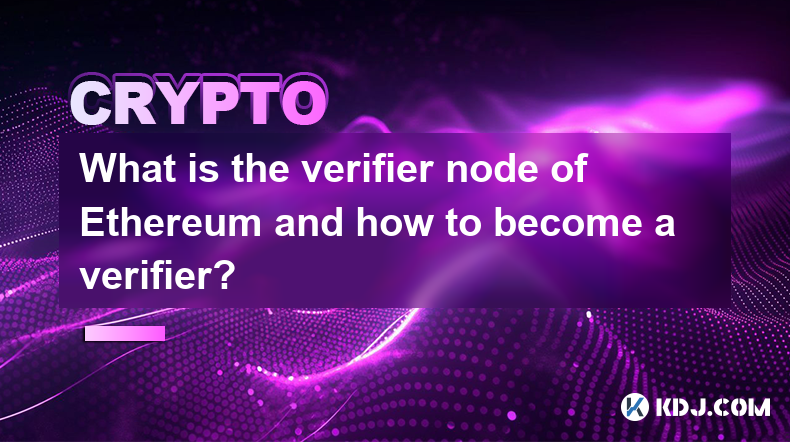
What is the verifier node of Ethereum and how to become a verifier?
Feb 19,2025 at 06:00pm
The Verifier Node of Ethereum: A Comprehensive GuideKey Points:What is a Verifier Node?How to Become a Verifier NodeResponsibilities and Rewards of a Verifier NodeMinimum Requirements for Becoming a Verifier NodePotential Difficulties in Running a Verifier Node1. What is a Verifier Node?A Verifier Node is an independent entity on the Ethereum network th...
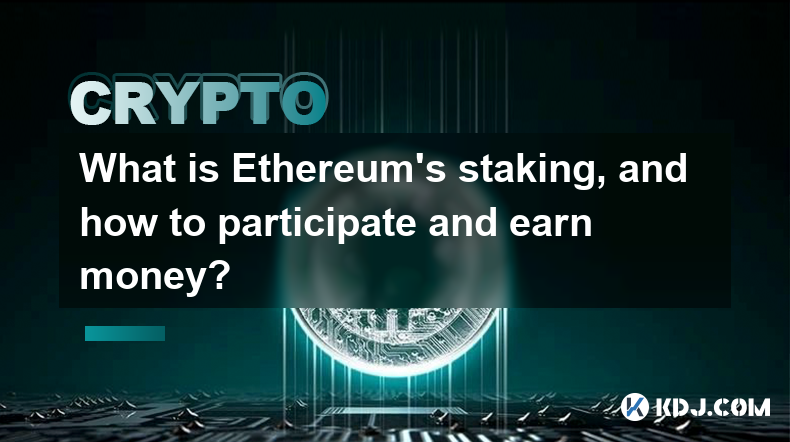
What is Ethereum’s staking, and how to participate and earn money?
Feb 19,2025 at 04:37pm
Key Points:Understanding Ethereum's Staking MechanismSteps to Participate in StakingBenefits and Rewards of StakingSecurity and Risk ConsiderationsTechnical Requirements and Hardware OptionsPotential Challenges and Troubleshooting TipsFAQs on Ethereum StakingWhat is Ethereum's Staking?Proof-of-Stake (PoS) is a consensus mechanism used in blockchain netw...
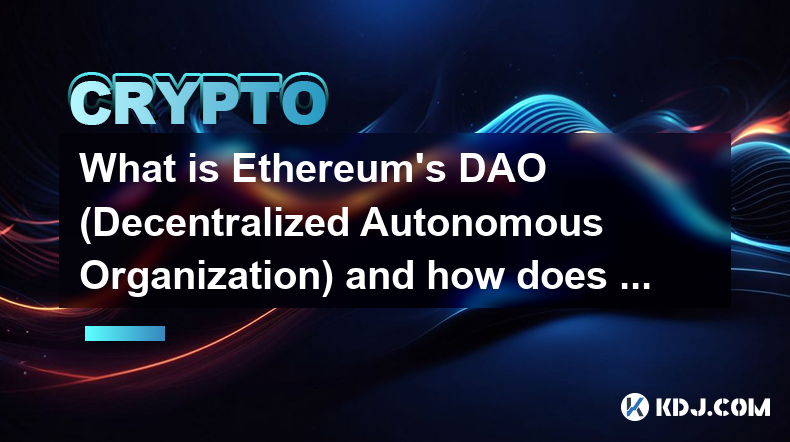
What is Ethereum’s DAO (Decentralized Autonomous Organization) and how does it work?
Feb 20,2025 at 03:12am
Key PointsDefinition and Structure of a DAOGovernance and Decision-Making in DAOsBenefits and Use Cases of DAOsChallenges and Limitations of DAOsWhat is Ethereum's DAO (Decentralized Autonomous Organization) and How Does It Work?Definition and Structure of a DAOA Decentralized Autonomous Organization (DAO) is an innovative governance and management fram...
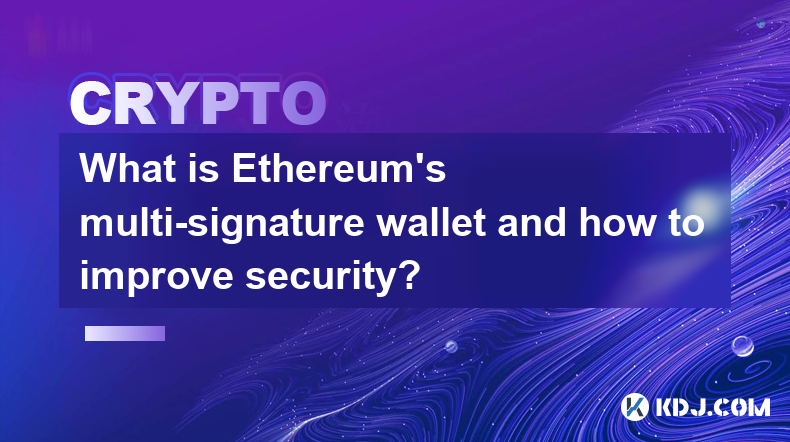
What is Ethereum's multi-signature wallet and how to improve security?
Feb 20,2025 at 02:18pm
Key Points:Understanding the Concept of a Multi-Signature WalletBenefits and Drawbacks of Multisig WalletsRequirements for Setting Up a Multisig WalletStep-by-Step Guide to Generating a Multisig WalletImplementing Strategies for Enhanced Security1. Understanding the Concept of a Multi-Signature WalletA multi-signature (multisig) wallet in the Ethereum e...
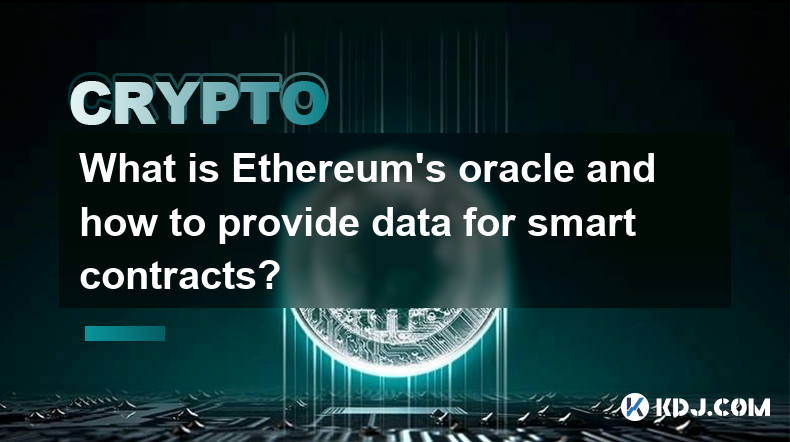
What is Ethereum's oracle and how to provide data for smart contracts?
Feb 21,2025 at 01:30am
Key Points:Understanding the concept of oracles in EthereumExploring different types of oraclesDetailed guide on how to provide data for smart contractsAddressing potential challenges and considerationsWhat is Ethereum's Oracle?Oracles are crucial components in the Ethereum ecosystem, enabling smart contracts to access real-world data and off-chain even...

What is Ethereum’s Slashing mechanism and how to punish malicious behavior?
Feb 20,2025 at 03:08am
Key PointsOverview of slashingDifferent types of slashing in EthereumIncentives and consequences of slashingIdentifying and reporting slashed validatorsOngoing discussions and potential improvementsEthereum's Slashing Mechanism: Punishing Malicious BehaviorEthereum's slashing mechanism is an essential tool for ensuring network security and punishing mal...

What is the verifier node of Ethereum and how to become a verifier?
Feb 19,2025 at 06:00pm
The Verifier Node of Ethereum: A Comprehensive GuideKey Points:What is a Verifier Node?How to Become a Verifier NodeResponsibilities and Rewards of a Verifier NodeMinimum Requirements for Becoming a Verifier NodePotential Difficulties in Running a Verifier Node1. What is a Verifier Node?A Verifier Node is an independent entity on the Ethereum network th...

What is Ethereum’s staking, and how to participate and earn money?
Feb 19,2025 at 04:37pm
Key Points:Understanding Ethereum's Staking MechanismSteps to Participate in StakingBenefits and Rewards of StakingSecurity and Risk ConsiderationsTechnical Requirements and Hardware OptionsPotential Challenges and Troubleshooting TipsFAQs on Ethereum StakingWhat is Ethereum's Staking?Proof-of-Stake (PoS) is a consensus mechanism used in blockchain netw...

What is Ethereum’s DAO (Decentralized Autonomous Organization) and how does it work?
Feb 20,2025 at 03:12am
Key PointsDefinition and Structure of a DAOGovernance and Decision-Making in DAOsBenefits and Use Cases of DAOsChallenges and Limitations of DAOsWhat is Ethereum's DAO (Decentralized Autonomous Organization) and How Does It Work?Definition and Structure of a DAOA Decentralized Autonomous Organization (DAO) is an innovative governance and management fram...

What is Ethereum's multi-signature wallet and how to improve security?
Feb 20,2025 at 02:18pm
Key Points:Understanding the Concept of a Multi-Signature WalletBenefits and Drawbacks of Multisig WalletsRequirements for Setting Up a Multisig WalletStep-by-Step Guide to Generating a Multisig WalletImplementing Strategies for Enhanced Security1. Understanding the Concept of a Multi-Signature WalletA multi-signature (multisig) wallet in the Ethereum e...

What is Ethereum's oracle and how to provide data for smart contracts?
Feb 21,2025 at 01:30am
Key Points:Understanding the concept of oracles in EthereumExploring different types of oraclesDetailed guide on how to provide data for smart contractsAddressing potential challenges and considerationsWhat is Ethereum's Oracle?Oracles are crucial components in the Ethereum ecosystem, enabling smart contracts to access real-world data and off-chain even...
See all articles

















































































